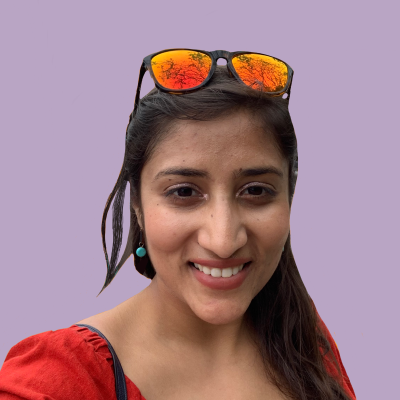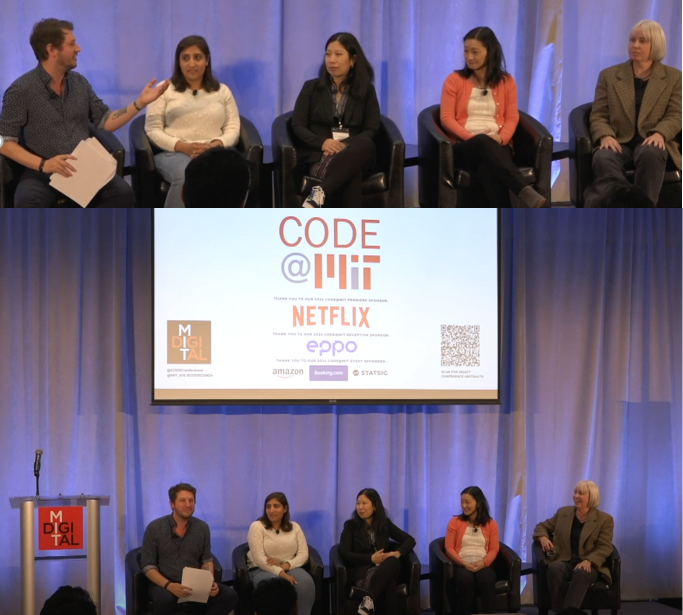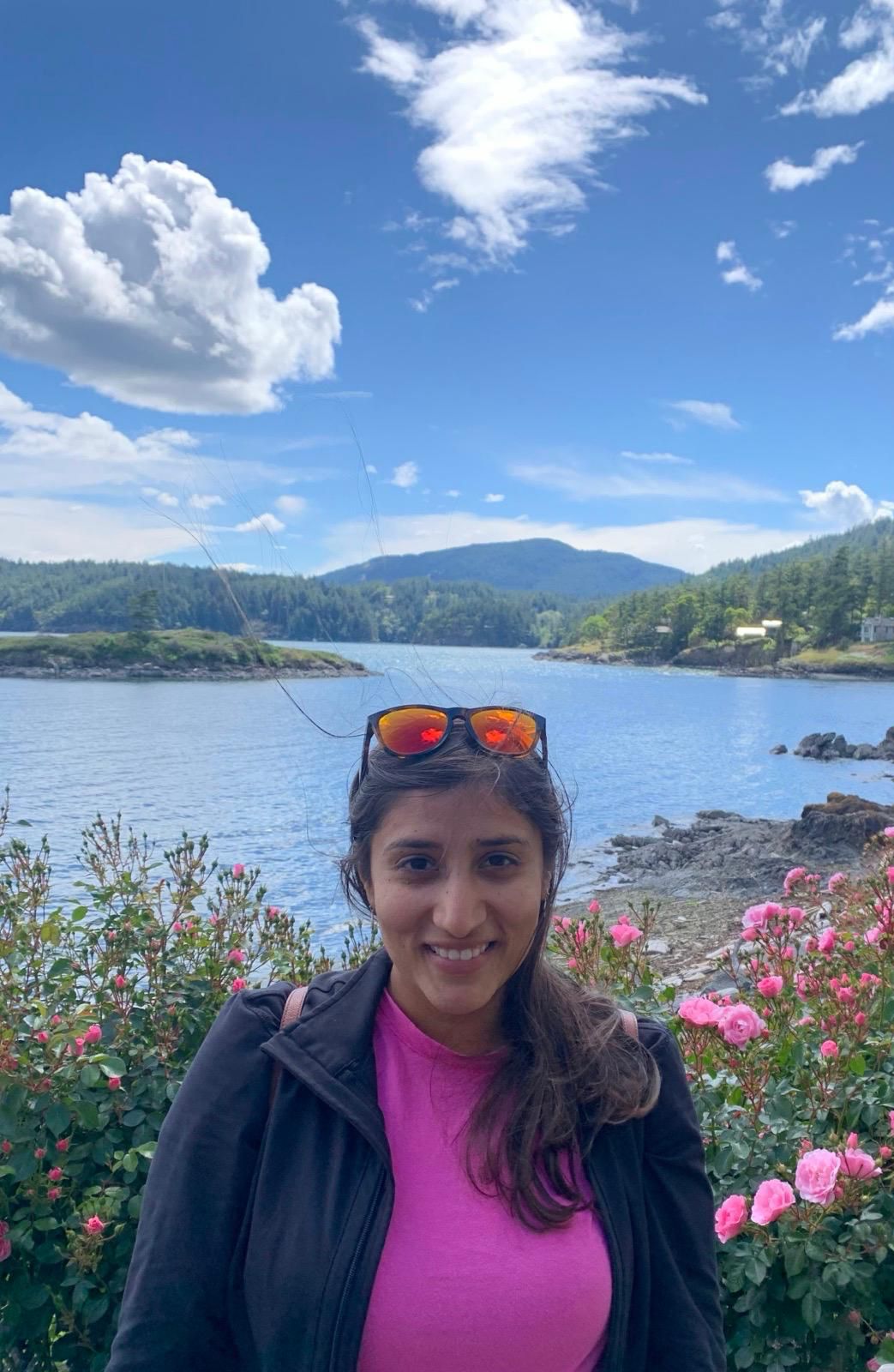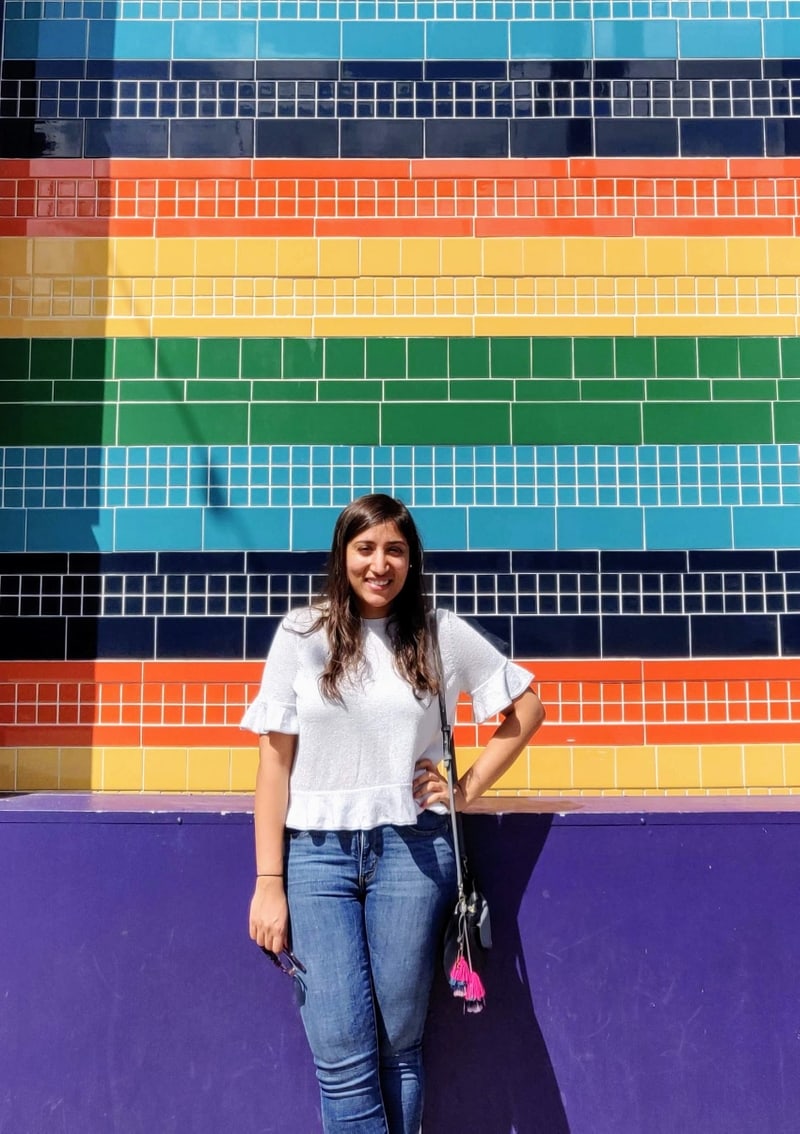We’re excited to introduce you to the always interesting and insightful Antara Dave. We hope you’ll enjoy our conversation with Antara below.
Antara, appreciate you joining us today. If you had a defining moment that you feel really changed the trajectory of your career, we’d love to hear the story and details.
One of the most defining moments in my career was when I created “WorkFlow: Period Health is Workplace Health.” This project was born out of a deep desire to challenge the stigma around menstruation in the workplace and advocate for more inclusive policies and support systems.
As a designer, I’ve always been passionate about solving meaningful problems—but this was different. This wasn’t just about usability or efficiency; it was about equity, dignity, and systemic change. I saw firsthand how menstruation is often treated as a taboo topic in professional spaces, leading to workplace discomfort, lack of support, and even career setbacks for many people. I wanted to design a solution that not only provided resources but also reshaped workplace conversations and policies.
Bringing this vision to life was not easy. There were moments of doubt—questions about whether this was “too niche” or “too bold” for corporate settings. But I trusted my instincts, poured my expertise into the platform, and made data-informed, experience-driven design decisions to create something that resonated deeply. The impact was undeniable. “WorkFlow” won multiple national and international design awards, reinforcing that good design is about more than aesthetics—it’s about driving change.
Another pivotal moment was being invited to speak at the MIT CODE Conference. Standing on that stage, presenting my work on data-driven design and experimentation, was a full-circle moment. It was a recognition of not only my expertise but also of the power of combining strategy, analytics, and human-centered design to create better products and experiences.
This experience taught me that our voices matter. When you have an idea or a perspective that challenges the norm, lean into it. Even when it feels uncomfortable or uncertain, trust that the right audience will see its value.

Great, appreciate you sharing that with us. Before we ask you to share more of your insights, can you take a moment to introduce yourself and how you got to where you are today to our readers.
I am a Lead Product Designer at Microsoft, specializing in data-driven product design and experimentation platforms. My background is in industrial engineering, data analytics, and statistics, and my journey into design was not a conventional one. I started my career as a data analyst at The Home Depot, where I built optimization models, dashboards, and data pipelines for internal products. But what I found most fulfilling was not just analyzing data—it was using insights to solve real problems and improve user experiences.
That realization led me to pivot into product design, where I could combine data, strategy, and creativity to build products that truly impact users. Today, I design AI-driven products, experimentation platforms, and data-heavy enterprise solutions at Microsoft. I focus on making complex systems simpler, more intuitive, and more effective for users.
At the core of my work is problem-solving through design. I create user experiences that balance data, efficiency, and human needs. Some of the key areas I focus on include:
Experimentation & A/B Testing: Designing platforms that help product teams make data-informed decisions.
AI Safety & Security: Creating design solutions that enhance user trust and transparency in AI-driven products.
Medical AI & Imaging: Improving the usability of AI-powered medical tools for researchers and healthcare professionals.
Workplace Inclusivity: Advocating for equitable design through initiatives like “WorkFlow: Period Health is Workplace Health”, which focuses on menstrual equity in corporate environments.
What sets me apart is my ability to bridge data and design. Many designers focus purely on visuals, and many data professionals focus purely on numbers—but I thrive in the intersection of both, using data storytelling, behavioral insights, and strategy to shape better experiences.
One of the projects closest to my heart is “WorkFlow: Period Health is Workplace Health”, a platform I designed to address the stigma around menstruation in workplaces. It provides resources, policy guidance, and support tools for both employees and managers, fostering a more inclusive work environment. This work has won multiple national and international awards, and I’m proud that it’s sparking conversations and driving meaningful change.
Beyond product design, I’m also a public speaker and have had the honor of presenting at conferences like the MIT CODE Conference, where I spoke about data-driven UX and experimentation. I love sharing insights on how businesses can leverage both qualitative and quantitative data to improve user experiences.

We’d love to hear a story of resilience from your journey.
Resilience, for me, is about embracing change. One of my biggest challenges was switching from Data Analytics to Product Design—a leap that required me to start over.
At The Home Depot, I built dashboards and optimization models, but I realized I was drawn to the human side of problem-solving. Designing a dashboard for the Design Center team sparked my interest in UX, but I had no formal design background. I spent nights learning design principles, building a portfolio, and networking.
Taking a leap of faith, I moved to Seattle to join Microsoft’s Computational Design Team, working on Azure Experimentation, AI Safety, and AI Medical Imaging. It was daunting, but I reminded myself that growth happens outside your comfort zone.
This mindset led me to speak at the MIT CODE Conference and create “WorkFlow: Period Health is Workplace Health”, a project that won international recognition. Switching careers wasn’t just a professional shift—it proved that resilience, curiosity, and risk-taking open doors to the most fulfilling paths.

If you could go back in time, do you think you would have chosen a different profession or specialty?
If I could go back, I’d still choose this path because it allows me to solve complex problems with both strategy and creativity.
Contact Info:
- Website: https://wwww.antaradave.com
- Instagram: https://www.instagram.com/sunsmileorange/
- Linkedin: https://www.linkedin.com/in/antara-dave/




